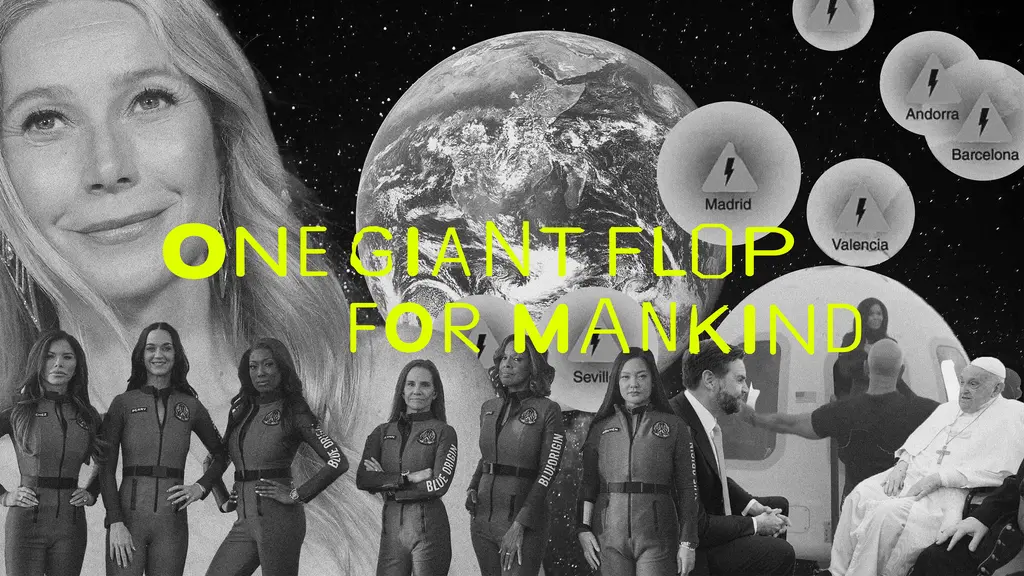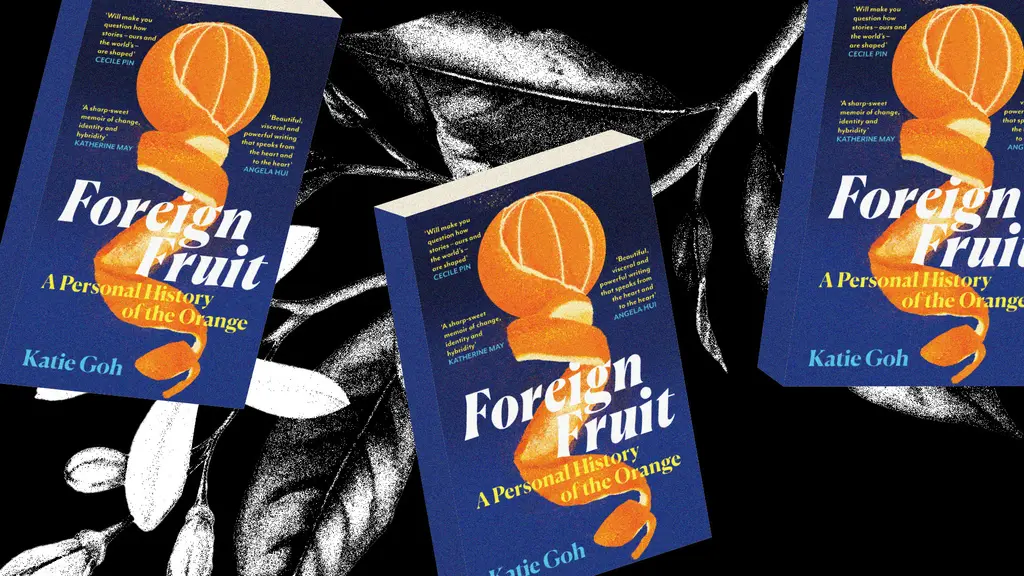The photographer creating a Pantone colour chart for the human race
- Text by Alex King
- Photography by Angélica Dass
When Brazilian artist and photographer Angélica Dass became pregnant with her first child, she was presented with a mystery. Angélica is brown-skinned, with mixed ancestry. Her Spanish husband has “the colour of a lobster when he gets sunburnt.” So what colour would her child be?
Angélica grew up in a technicolour family, with relatives black, white and everything in-between – or coffee, caramel, porcelain, vanilla, hazel and honey, as she describes them. Her own dark skin never caused problems – until she stepped outside the family home, where it provoked prejudice and prohibitions, from being mistaken for the maid to being directed to the service lift in rich friends’ apartment blocks.
The imminent birth of her child got Angélica thinking deeply once again about our complex and confusing ideas about colour and race: a train of thought that led her to embark on the Humanæ Project. In the hope of revealing our true colours, she set herself the ambitious task of cataloguing every human skin tone she could find against the Pantone colour palette.

Much-loved by artists and designers, Pantones have become a technical-industrial standard system of colour classification. Each unique colour is represented by an alphanumeric code, which allows them to be accurately recreated in any medium.


So far, the project has amassed 3000 images, taken in 22 cities and 14 different countries on five continents. Refugees who crossed the Mediterranean on rickety boats sit alongside Forbes Rich List billionaires, with Swiss students sitting alongside schoolchildren from the favelas of Rio de Janeiro.


With each of her Humanæ portraits, Angélica shoots each subject head-on against a white background, which she then tints in post with a colour tone identical to a sample of 11 x 11 pixels taken from her volunteers’ photographed faces. Presenting her subjects all in the same format, topless against a plain background made from just their skin colour, strips them from the artificial, socio-political construct that is race.
Find out more about the Humanæ Project.
Enjoyed this article? Like Huck on Facebook or follow us on Twitter.
You might like

Remembering New York’s ’90s gay scene via its vibrant nightclub flyers
Getting In — After coming out in his 20s, David Kennerley became a fixture on the city’s queer scene, while pocketing invites that he picked up along the way. His latest book dives into his rich archive.
Written by: Miss Rosen

On Alexander Skarsgård’s trousers, The Rehearsal, and the importance of weirdos
Freaks and Finances — In the May edition of our monthly culture newsletter, columnist Emma Garland reflects on the Swedish actor’s Cannes look, Nathan Fielder’s wild ambition, and Jafaican.
Written by: Emma Garland

Why Katy Perry’s space flight was one giant flop for mankind
Galactic girlbossing — In a widely-panned, 11-minute trip to the edge of the earth’s atmosphere, the ‘Women’s World’ singer joined an all-female space crew in an expensive vanity advert for Jeff Bezos’ Blue Origin. Newsletter columnist Emma Garland explains its apocalypse indicating signs.
Written by: Emma Garland

Katie Goh: “I want people to engage with the politics of oranges”
Foreign Fruit — In her new book, the Edinburgh-based writer traces her personal history through the citrus fruit’s global spread, from a village in China to Californian groves. Angela Hui caught up with her to find out more.
Written by: Angela Hui

Meet the hair-raised radicals of Berlin’s noise punk scene
Powertool — In his new zine, George Nebieridze captures moments of loud rage and quiet intimacy of the German capital’s bands, while exploring the intersections between music, community and anti-establishment politics.
Written by: Miss Rosen

We are all Mia Khalifa
How humour, therapy and community help Huck's latest cover star control her narrative.
Written by: Alya Mooro